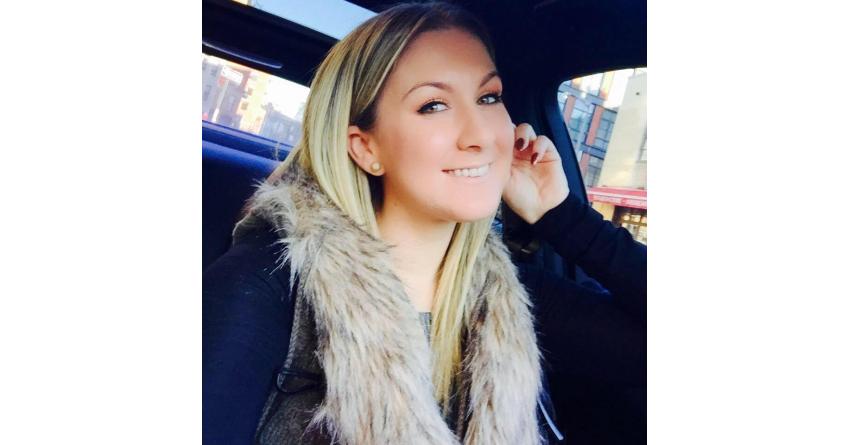THE HISTORY OF HEMP IN AMERICA
Hemp is often marred by misinformation, paranoia, and outright scare tactics. From decades-long baseless propaganda to laws banning the cultivation, use, or sale of marijuana.
Good Times
In 1611, Jamestown settlers brought the hemp plant to America. They used it to make ropes and cloth, and it became legal tender in some states. Then, in 1762, the Virginia Assembly made it mandatory for all farmers to grow it and punished those who didn't.
In the 1930s, a physician called William O'Shaughnessy popularized the use of medical cannabis in the Western world. It became so popular that pharmacies openly sold it after it was added to the U.S. Pharmacopeia in 1850s.
Regulation and Ban
Pure Food and Drug Act of 1906 listed cannabis as an addictive/dangerous drug. Nevertheless, in the following decade, Mexican refugees, sailors, and immigrants from the Caribbean brought smokable hemp to the U.S.
In 1911, Massachusetts started demanding hemp prescriptions. Then, 29 U.S. States made marijuana illegal from 1913 to 1933.
The 1936 film, Reefer Madness, is a perfect example. In 1937, Anslinger drafted the Marijuana Tax Act, which banned marijuana. In 1939, the New York Academy of Medicine created a committee to research the effects of cannabis. In 1944 their findings showed that Anslinger's declarations were untrue, and they sought to promote systemic racism. Unsurprisingly, Anslinger labeled the La Guardia report as unscientific and baseless.
War on Drugs
The Boggs Act and the Narcotics Control Act were enacted in 1951 and 1956 to enforce minimum sentences for drug offenders. In 1970, the Controlled Substances Act organized drugs into five schedules. Cannabis was labeled a Schedule I drug, meaning it has no medicinal value and has a high risk for abuse. The same year, President Nixon started the "War on Drugs" campaign, which escalated into the 1980s.
The Road to Legalization
In 1996, California made medical marijuana legal. After that, 20 other states followed suit from then till 2012. In 2012, Washington and Colorado became the first states to make recreational marijuana legal.
In 2018, the Farm Bill made hemp legal, and Epidiolex became the first FDA-approved marijuana drug.
In 2020, the UN officially acknowledged the health benefits of cannabis and reclassified it.










